In this article, you will get to know about the description of fungi and unicellular fungi examples. Fungi are heterotrophic, achlorophyllous, eukaryotic, and nonvascular thalophytes. Most are multicellular and filamentous.
The study of fungi is known as mycology. Unicellular fungi are the organism or the member of Kingdom fungi having single-cell with other accessory organelles. Unicellular fungi are generally indicated as yeasts. They generally reproduce through budding or binary fission of asexual reproduction.
Lets a have a look at the examples:
- Saccharomyces cerevisiae
- Schizosaccharomyces pombo
- Cryptococcus neoformans
- Cryptococcus albidus
- Candida albicans
- Candida antartica
- Candida auris
- Candida rugosa
- Candida blankii
- Candida dubliniensis
- Candida glabrata
- Candida kursei
- Candida parapsilosis
- Candida tropicalis
They vary from unicellular-yeast, to uninucleate Synchytrium to filamentous hyphae. Many hyphae are collectively known as mycelium. Fungi are found everywhere, they mostly like a moist and slightly acidic environment. They can grow with or without oxygen i.e. aerobes and anaerobes respectively.
Due to a lack of chlorophyll, they are heterotrophic which means they are dependent on the autotrophic plants. That’s why they can exhibit two forms:
1. Parasitic
- Obligate parasite
- Facultative parasite
2. Saprophytic
- Obligate saprophyte
- Facultative saprophyte
Parasitic fungi are dependent on the living host for their survival while saprophytic fungi obtain their food from dead and decaying organisms/organic matter.
The fungal cell wall is made up of a polysaccharide “Chitin” with the chemical formula (C22H54N4O21)n is a complex substance. In some genera, cellulose and callose are the building materials of the cell wall.
As they are eukaryotic, they possess a true nucleus, dictyosomes, endoplasmic reticulum, mitochondria, centrioles etc.
Characteristic features of unicellular fungi:
Yeasts are approx 1500 species and belong to the class Ascomycota and only some species fall in Basidiomycota. They are generally found on carbohydrate-rich materials as they act upon the complex form like pecto-cellulosic materials and make them soluble & absorbable by converting them into simpler forms.
Like animals, they also need nitrogen from their food as they are able to fix nitrogenous compounds like ammonia, urea and other amino acids.
They can reproduce through budding, in which an oval shape protrudes from the parent body and falls off in the surrounding after maturation, these buds gave the rise to new offspring. Or by binary fission like bacteria to form daughter cells via mitosis.
Example: Budding yeast- Saccharomyces cerevisiae
Fission yeast- Schizosaccharomyces pombe
Sometimes they undergo aerobic respiration i.e. glycolysis followed by the Krebs cycle but mostly go forward with the anaerobic mode of respiration in which they feed upon sugar molecule(glycolysis) and convert it into ethanol and carbon dioxide as evolving gas with the release of the low amount of energy.
They can exhibit in both haploid and diploid forms (dimorphic). They need an optimum temperature for proper growth and reproduction and it lies between 250-300 while pH should range between 4-4.5.
Fermentative properties of yeasts are exploited by human beings as they are used for mainly two purposes;
Brewing: In this process, yeasts are used to produce wines, beer, ethanol and other alcoholic components.
Baking: In this process, yeasts are used to ferment the dough to make bakery products like biscuits, cheese, cakes and other edible food items.

Saccharomyces cerevisiae
These are the most commonly found yeast grouped under the class Ascomycota which means they produce their fruiting body in the form of ascus. Sometimes they are spherical or maybe egg-shaped present in soils worldwide. They are used in the manufacturing of food by causing fermentation in sourdough, biscuits, cookies, wines, and ethanolic drinks. Commercially, they are the hero of industrial microbiology nowadays.

Image credit: Wikimedia commons
In favourable condition, (in the presence of oxygen) they reproduce and increases their biomasses i.e. rise in number. When oxygen becomes the limiting factor, simultaneously they start producing gas plus ethanols via the anaerobic mode of respiration.
Schizosaccharomyces pombo
These are the suitable model organism from the kingdom fungi for the study of the eukaryotic, unicellular organism.
This is the sixth eucaryotic organism whose genome has been sequenced. Unlike the budding yeast, they are rod-shaped cells and divide through their longitudinal axis to produce two-daughter cells by the process of binary fission. They have no industrial applications.
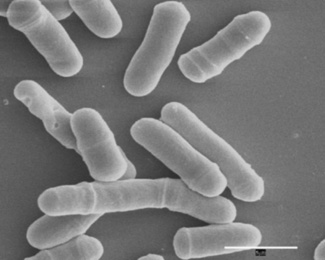
Image credit: Wikipedia
They are generally found in the haploid state in nature. And in an unfavourable condition, they usually reproduce through conjugation as they possess two mating types i.e. h+ and h–.
Cryptococcus neoformans
Most of the species of cryptococcus are specifically found on leaf surfaces but this C. neoformans have the property of infecting immunologically weak humans and causes a disease known as cryptococcosis.
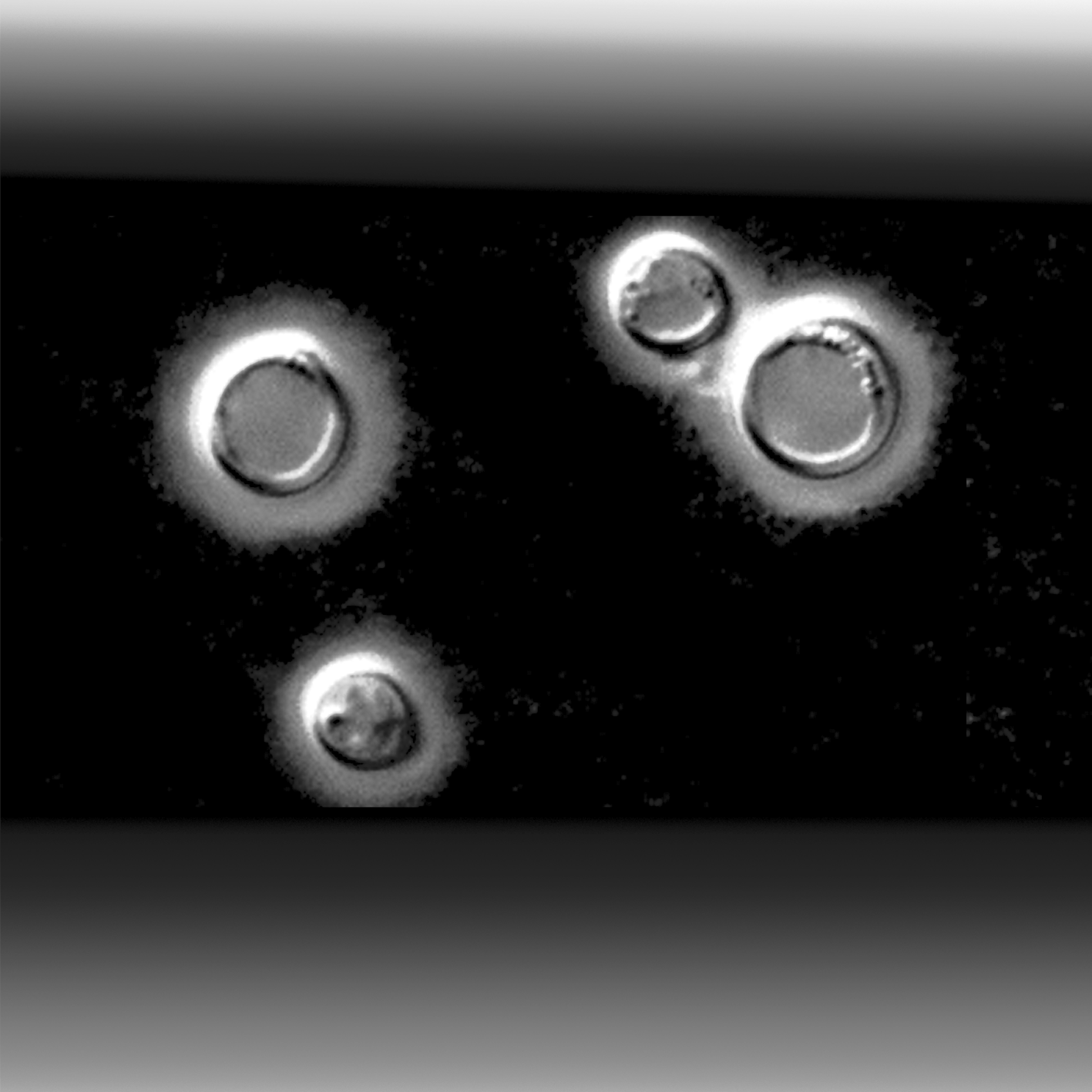
Image credit: Wikimedia commons
They also cause infection in the genital tracts of men & women. Sometimes the use of antibiotics facilitates the growth of these fungi. They release a specific phytochemical “phenoloxidase” which helps to prevent the white blood cells of the host to act upon the fungi.
Cryptococcus albidus
This belongs to the basidiomycetes and almost 30 species are isolated from the environment to date. These are also budding yeast and have a rigid cell wall composed of polysaccharides. To detect this organism a specific dye is used- India ink preparation. These are having high oil content, and are utilized for the production of biofuels, biodiesels, biofertilizers and biogas recovery.
Candida albicans
It is an opportunistic pathogen that survives on 35-370 C.These are the dimorphic fungus found on human mucosal membranes like mucosa of skin, mouth, gastrointestinal tract and genital tract and are little harmful.
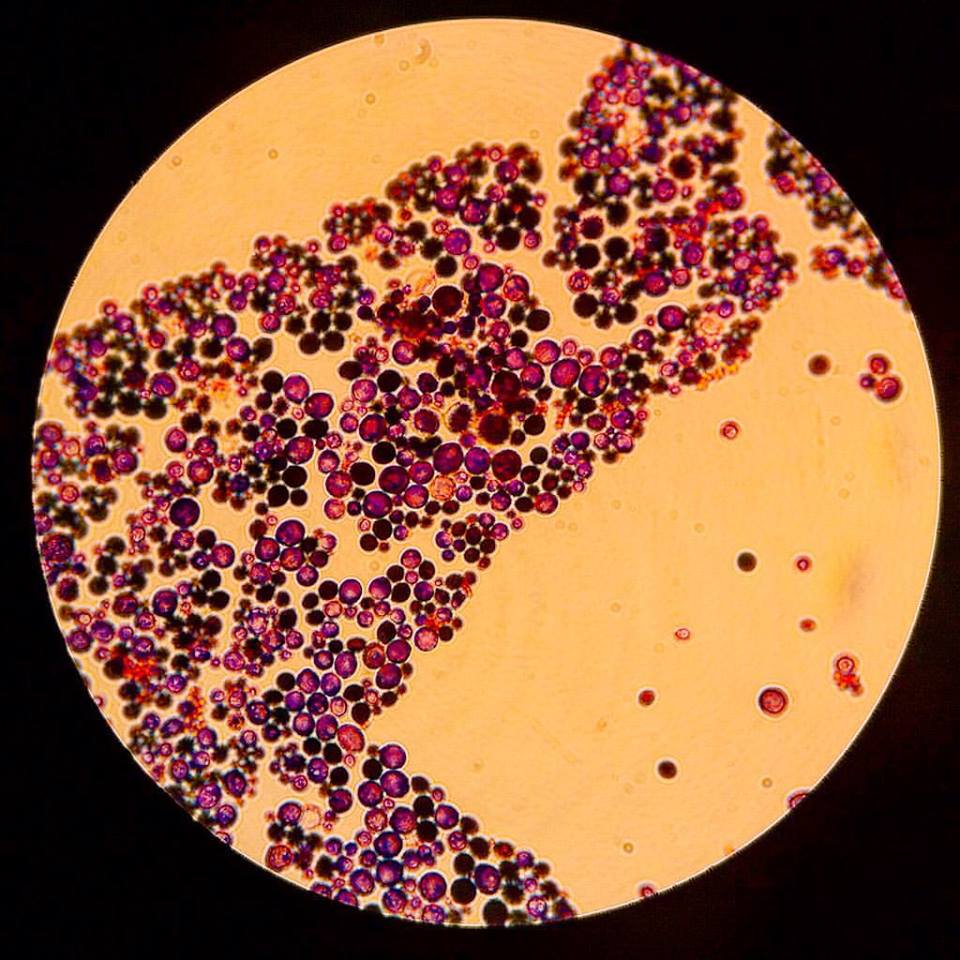
Image credit: Wikimedia commons
They cause a variety of diseases like thrush in the throat in which hyphae of the fungus reach the oesophagus and lead to itching, rashes etc. HIV patients are mostly infected by this organism. New-born babies are also found infected in some cases through an infected birth canal termed candidosis. The severe form is systemic candidosis.
Candida antartica
It is also known as pseudozyma antartica, an anamorphic, basidiomycetous yeast. They are widely utilized for industrial purposes like extracting lipase enzymes called CALB- Candida antartica lipase B. In some circumstances, they behave as endosymbionts and are also used for biodiesel production.
Candida auris
This fungus causes candidiasis. As per the reports, they are spread from Asia to Europe and were initially isolated from the ear canal of a human being in 2009. It becomes the point of attraction due to its multi-drug resistant property.
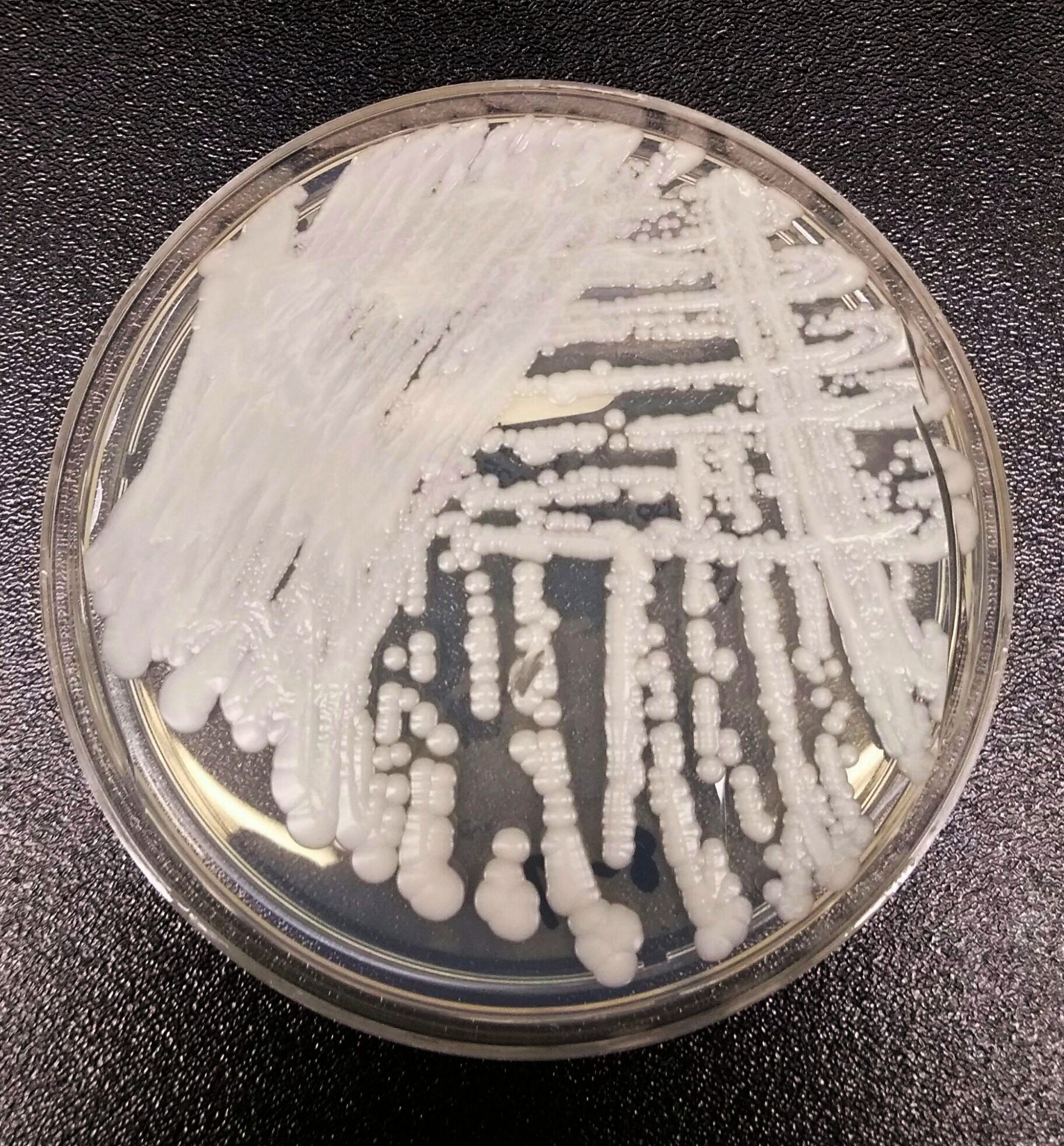
Image credit: Wikipedia
Candida rugosa
They fed on glucose, fructose, and sucrose but not on lactose. It is generally isolated from the bloodstream and urine samples of some infected patients. It is mostly obtained from Africa and Brazil. This is known for its pathogenicity in human beings.
Candida blankii
They are also budding yeast and belong to the same family. They are responsible for a disease in humans known as stomatitis and prove themselves as a dangerous pathogen for living beings. They are generally associated with lungs infection and cystic fibrosis.
Candida dubliniensis
This is the opportunistic pathogen causing diseases in immunocompromised human “fungemia” and AIDS infected individuals. They are sensitive to fluconazole but if it is used for the long-term then it becomes resistant.

Image credit: Flikr
Candida glabrata
It is the haploid species of Candida and a pathogen to humans. They also show commensals with some other organisms. These are mostly resistant to antifungals, fluconazole and Echinocandin.

Image credit: Wikipedia
Candida krusei
These are also budding yeast utilized for chocolate production. To remove the bitter taste of Cacao beans, these are used for fermentation and give them appropriate taste and aroma. They need an optimum temperature of 400-450 C for proper growth and development. These are the only species which can grow on Sabouraud’s culture medium.
Candida parapsilosis
They are not the obligate human fungus as they can cause infection in tissues and wounds. They are the causative agents of sepsis in the skin. The colony can be isolated from your hands easily. It consists of three genes which together secrete a corticosteroid “candiparapsins”.
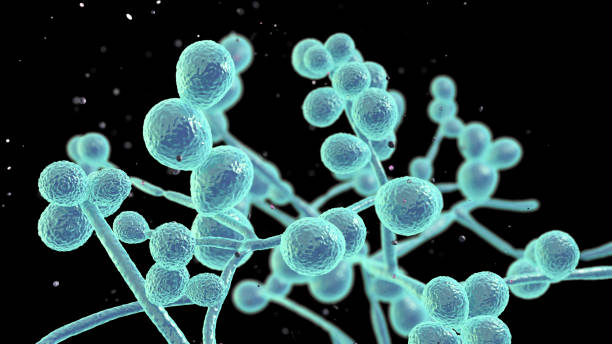
Candida tropicalis
These are the vegetative cells which can reproduce through budding and exhibit dimorphism. They require an optimum temperature of 250-300 C. Including proteases, long-chain dicarboxylic acids are also can be obtained.
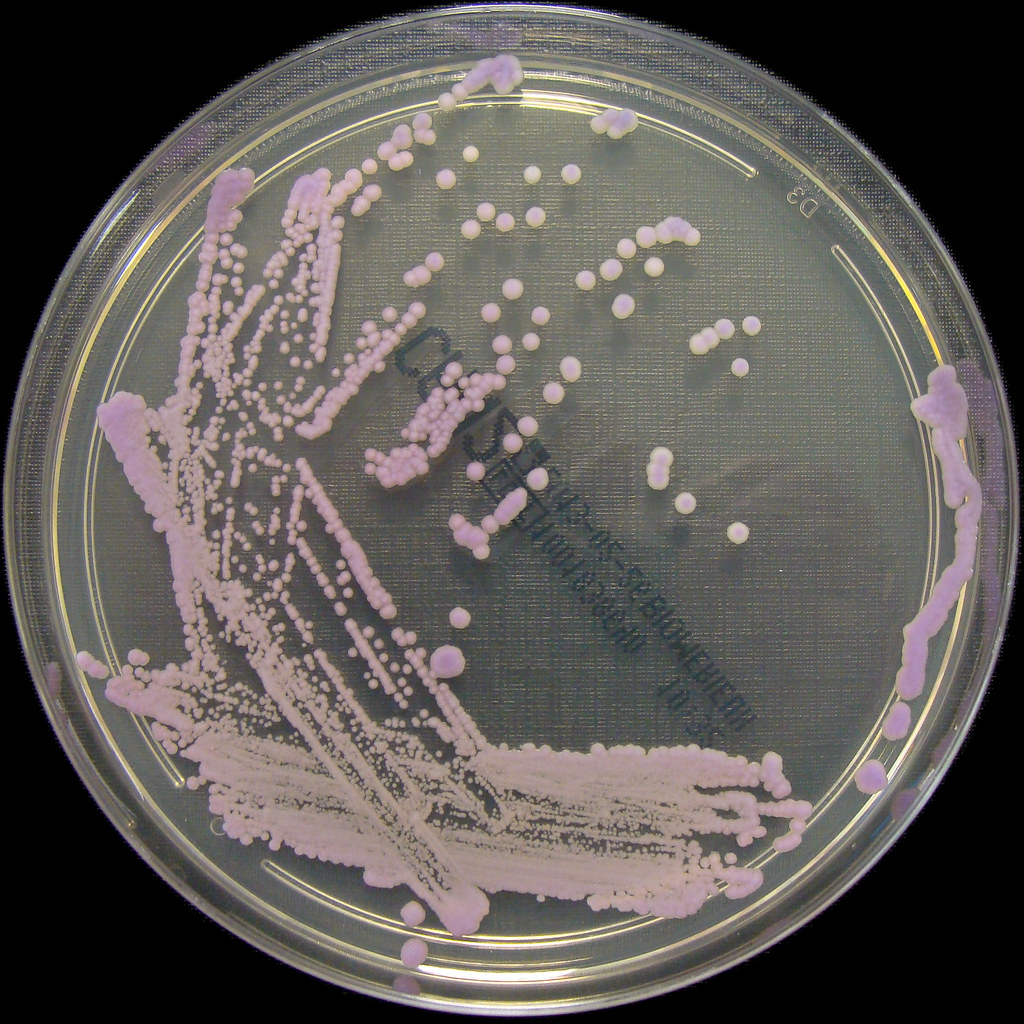
Image credit: Flikr
Also Read:
- Are proteins peptides
- Carrier proteins in facilitated diffusion
- Are bacteria prokaryotes
- Do chloroplasts have dna
- Plant cell wall
- Finger anatomy
- Multiple alleles example
- Hydrophilic protein example
- Bacterial cell type
- Are proteins traits 2

Hi….I am Anushree Verma, I have completed my Master’s in Biotechnology. I am a very confident, dedicated and enthusiastic author from the biotechnology field. I have a good understanding of life sciences and great command over communication skills. I thrive to learn new things every day. I would like to thank this esteemed organization for giving me such a great opportunity.
Let’s connect through LinkedIn- https://www.linkedin.com/in/anushree-verma-066ba7153

Hi Fellow Reader,
We're a small team at Techiescience, working hard among the big players. If you like what you see, please share our content on social media. Your support makes a big difference. Thank you!